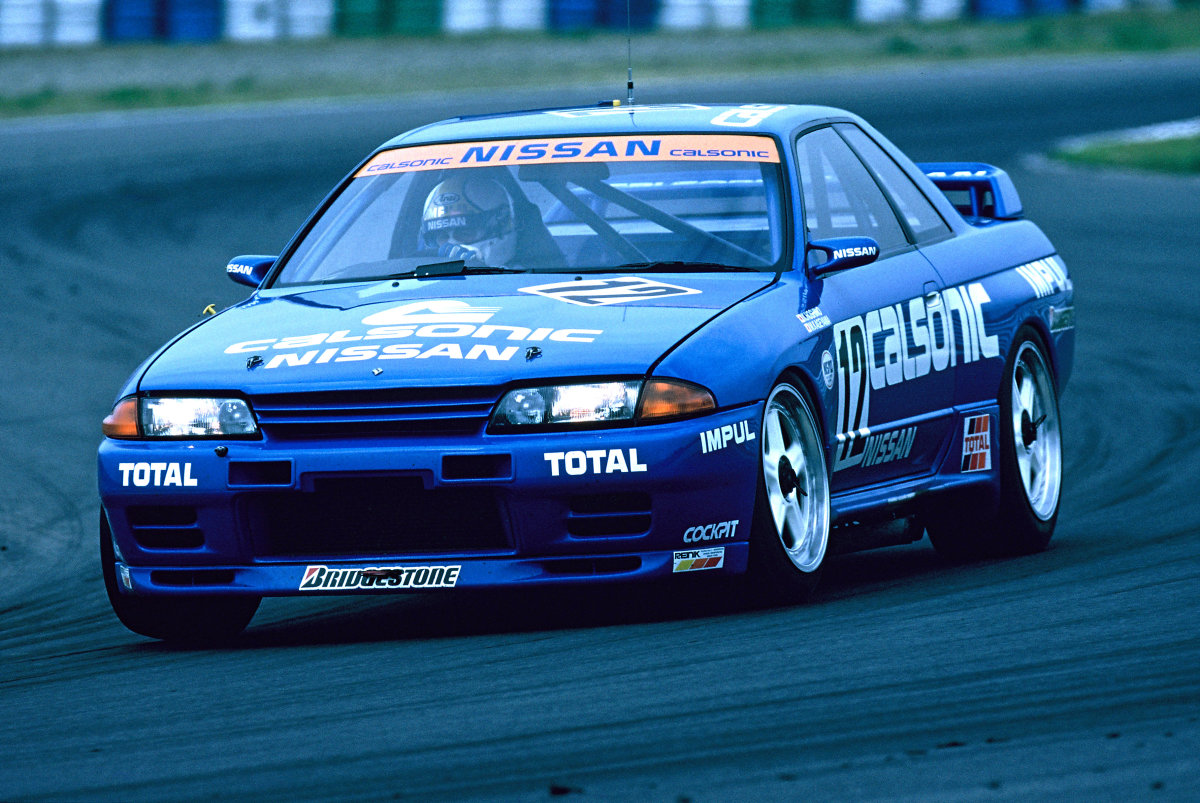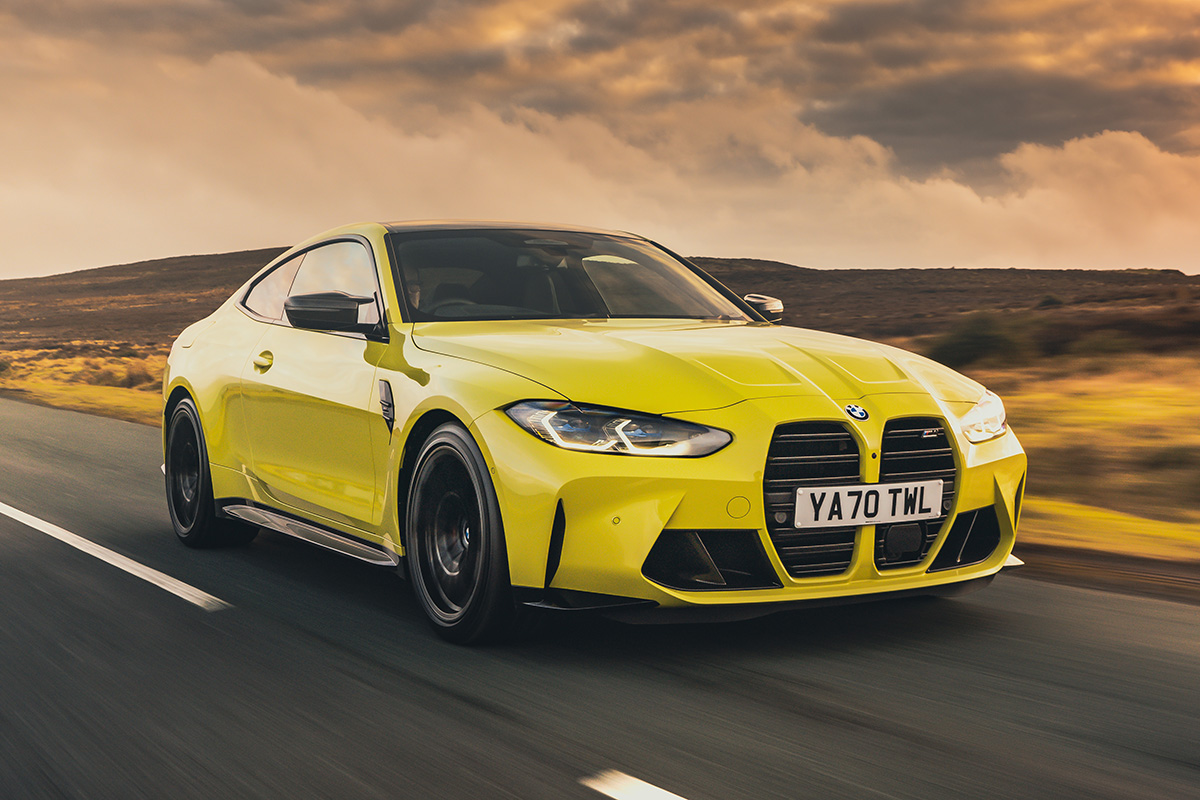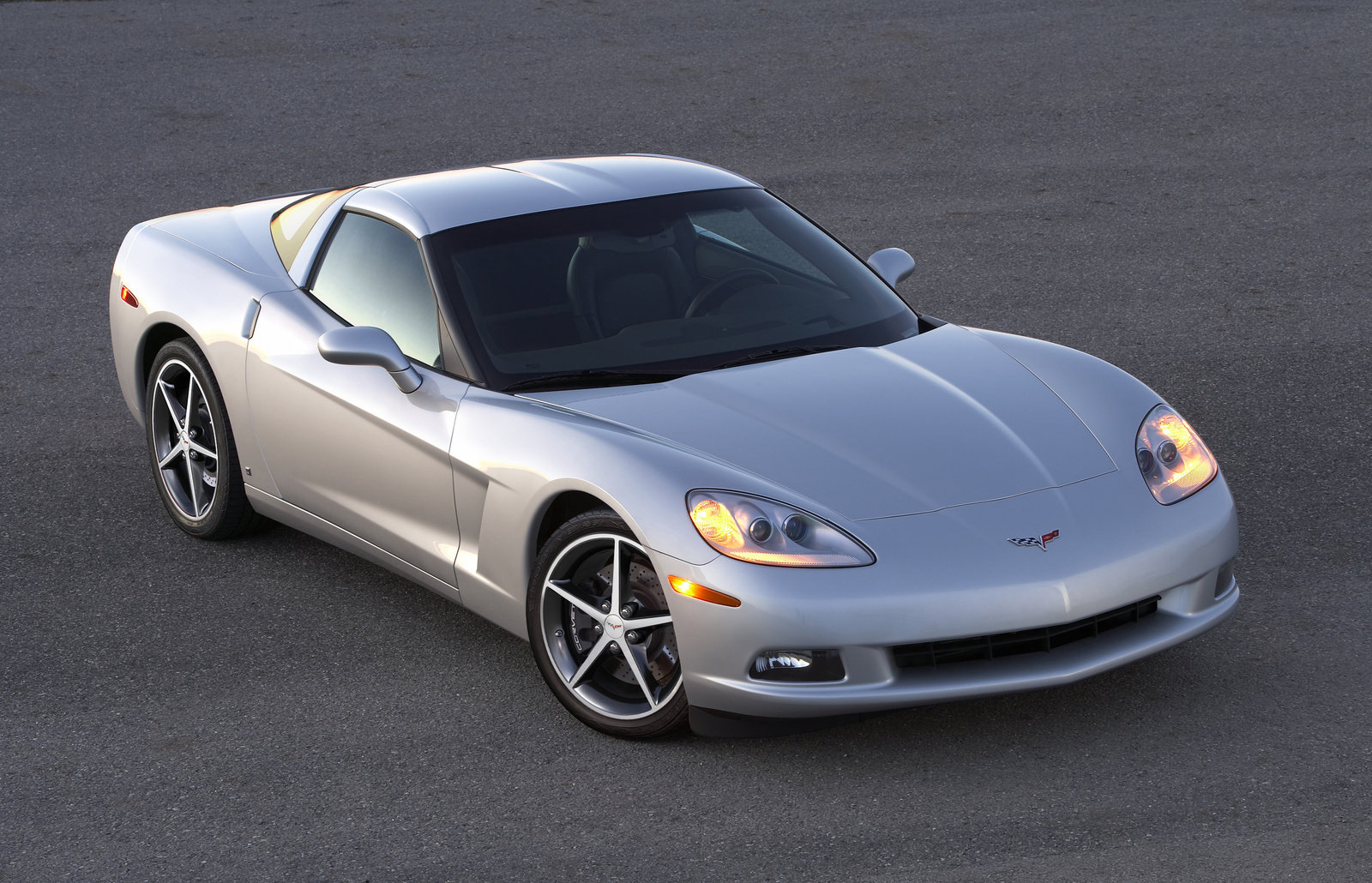Nissan—or Datsun as it was known at the time—captured the attention of the motoring world when it unveiled the original Z-car, the 240Z also known as the Fairlady Z, for the 1970 model year. The company created a handsome, sophisticated, and affordable sports car to challenge European marques such as Porsche and MG and, with a powerful 151-horsepower inline-six engine, the Nissan Z was faster than the much more expensive Porsche 911T.
The Z-car grew larger and heavier with each new model, from the 260Z and the 280Z, all the way to the 300ZX of the 1990s. By that point, the Z-car was a complicated twin-turbo grand tourer, with advanced systems such as four-wheel steering and computer-controlled suspension. Nissan discontinued the 300ZX in 1996 due to poor sales as the Z-car ballooned in price, nearing $50,000.
After a seven-year absence, Nissan reintroduced the Z-car in with the 350Z in 2003. Harking back to the original 240Z, the 350Z was affordable, with an MSRP starting around $26,000. It was powerful, too, with a V6 engine producing just under 300 hp and, most importantly, the 350Z looked good inside and out: modern with retro touches, which was yet another reminder of the original Z-car.
Based on Nissan’s then-new FM platform, the 350Z had a classic two-seater sports car layout: front engine, rear-wheel drive (RWD), and a standard six-speed manual transmission, while a five-speed automatic gearbox was optional. With independent multi-link suspension front and rear, handling was excellent, though reviews at the time noted the stiff ride. It wasn’t the only RWD sports car from Japan’s automotive industry on the scene at the time, either, as rivals included the Honda S2000 and the Mazda RX-8—both of which were popular with the Gran Turismo generation—along with European sports cars, such as the Audi TT, the BMW Z4, and the Porsche Boxster.
The Japanese OEM gave drivers reliable, affordable performance, and the 350Z was a hit. The new Z-Car proved popular with enthusiasts and was easy to modify, so many became track cars—either for conventional racing or for drifting. The V6 engine is generally robust and tuners have unleashed serious power, with mods such as turbos and superchargers. The 350Z finished its run in 2009, when it was replaced by the Nissan 370Z. Our 350z buyer’s guide explains the ins and outs.
Nissan 350Z Buying Guide: Cost, Reliability, and the Best Years to Buy
- Frequently Asked Questions
- Nissan 350Z Pros and Cons
- Nissan 350Z Generations
- First Generation (2003-2009)
Frequently Asked Questions
Which Nissan 350Z years are the best?
The best years are the later 2007-2009 models, which had an upgraded V6 motor with more power and torque. Outside, there were some subtle exterior differences, including a hood bulge hinting at the bigger, more powerful engine more modern Xenon headlights.
What are the worst Nissan 350Z years?
The worst years for the 350Z are the 2005 and 2006 model years, which use the “Rev Up” engine. These engines are known to burn excessive oil and were quickly replaced by the more powerful option in 2007.
Is a used Nissan 350Z a good deal?
As a used car, the 350Z can be a great deal for those looking for a two-seat sports car with reliable performance. However, because 350Zs have been popular with the enthusiast crowd for years, finding a clean, unmodified example can be difficult. Take care when looking over a potential purchase, and an inspection by a specialist is recommended.
Nissan 350Z Pros and Cons
Pros:
- Good looks
- Powerful V6 engines
- Fun to drive
Cons:
- Poor interior quality
- Lack of cargo space
- Firm ride
Nissan 350Z Generations
First Generation (2003-2009)
Launched for the 2003 model year, the 350Z followed the classic sports car formula: low-slung with a long hood, a short rear deck, two seats, and RWD. The only engine was the powerful 287-horsepower V6 (known as the VQ35DE, shared with the likes of the Nissan Pathfinder and the Infiniti G35 of the time), mated to a standard six-speed manual or an optional five-speed automatic transmission.
The 350Z was offered in five trim levels: Base, Enthusiast, Performance, Touring, and Track. The Base model had cloth seats and no limited slip differential or traction control, while the Enthusiast model added the limited slip differential (VLSD), a traction-control system, and cruise control. The Performance trim added larger 18-inch alloy wheels, vehicle dynamic control (VDC), a rear spoiler, and optional Brembo brakes. Touring was the luxury model, with standard heated leather seats, Xenon headlights, 18-inch wheels, a Bose sound system, optional Brembo brakes, and optional GPS navigation. Finally, the 350Z Track trim was the real enthusiast special: standard equipment included Brembo brakes, lightweight RAYS 18-inch wheels, a rear spoiler, and optional GPS navigation.
Inside was a design reminiscent of the original 240Z’s, along with two excellent, supportive seats and an instrument cluster moved with the steering wheel. Considering the size of the 350Z, cargo space was decent, with cubbies around the passenger compartment for storage and extra space behind the seats. The trunk was wide, and could accommodate two golf club bags, but a big, stylized suspension brace limited its capacity.
In 2004, Nissan introduced the 350Z Roadster body style, equipped with an electronically retractable soft-top roof. Positioned as a more luxurious option, the Roadster was only available in the Enthusiast or Touring trims, while a GT pack was added the following year.
The 35th Anniversary Edition version was launched in 2005, to commemorate the 35th anniversary of the 240Z, adding unique exterior colors, special wheels, and unique Z badging. The 35th Anniversary special editions were equipped with an updated version of the VQ35DE engine, known as the “Rev Up”, which was rated at 300 horsepower.
Nissan gave the 350Z a mid-cycle refresh in 2006. All models now received the more powerful 300-hp “Rev Up” engine when equipped with the manual transmission, while automatic transmission cars stuck with the original 287-hp version. On the outside, the 350Z received an updated front bumper, Xenon headlights, and LED taillights. A new Grand Touring trim was introduced, adding Brembo brakes, bigger wheels, and aerodynamic upgrades to the existing Touring trim.
The 350Z was updated again in 2007, receiving a new engine known as the VQ35HR. The HR engine produced 306 hp and had a higher 7,500 rpm redline. The hood was redesigned to accommodate it (it was taller than its predecessor), which gave it a bulge reminiscent of the original Nissan Fairlady Z’s. The Track trim was discontinued and replaced by the Nismo trim
The Nismo trim is still quite valuable today, with good examples selling for around $30,000. Nissan took inspiration for it from its Super GT race cars, giving the 350Z a wild aerodynamics package. Underneath, the 350Z Nismo received upgraded suspension (comprising sharper springs, struts, and stiffer anti-roll bars, among other elements), big Brembo brakes with four-piston calipers up front and two-piston calipers at the rear, and special lightweight RAYS alloy wheels. The Nismo’s chassis was also seam-welded for greater rigidity and improved track performance.
Overall, the 350Z has a great reputation for reliability, with durable engines, transmissions that can take a beating, and relatively few common issues. Reviews from the time noted cheap-feeling plastic interiors, reporting squeaks and rattles even when the Z was still a new car, and there were also complaints about tire noise and wear. The latter is certainly one to check ahead of a test drive, because due to the factory staggered wheel spec, tires cannot be rotated from front to rear to improve wear.
The VQ35DE engines used from 2003 to 2006 are quite reliable but burning oil is a common problem, according to enthusiast forums, and the 300-hp “Rev Up” motors used in 2005 and 2006 are notorious for it. The later 2007 to 2009 cars equipped with the VQ35HR engine can develop low oil pressure due to a faulty gallery gasket, but that’s quite rare.
Prices for the 350Z vary greatly depending on trim and condition. At the top of the market are good-condition Nismo 350Zs, which are priced around $35,000. Because these models were built in limited quantities, Nismo 350Zs are quickly becoming collectors’ items.
In general, coupes equipped with a manual transmission are more valuable, while automatic-transmission roadsters are less desirable. Expect to spend around $15,000 for a nice. low-mileage example of a 2007-2009 350Z with the more powerful VQ35HR, while prices for earlier cars average around $12,000. For 2003-2006 model years, the Track trim with the RAYS wheels and Brembo brakes will command a premium.
It is possible to find a 350Z for well under $10,000, but be warned that these are typically higher-mileage examples, often with some aftermarket modifications. For those looking for a track car project, these could be a good choice.




